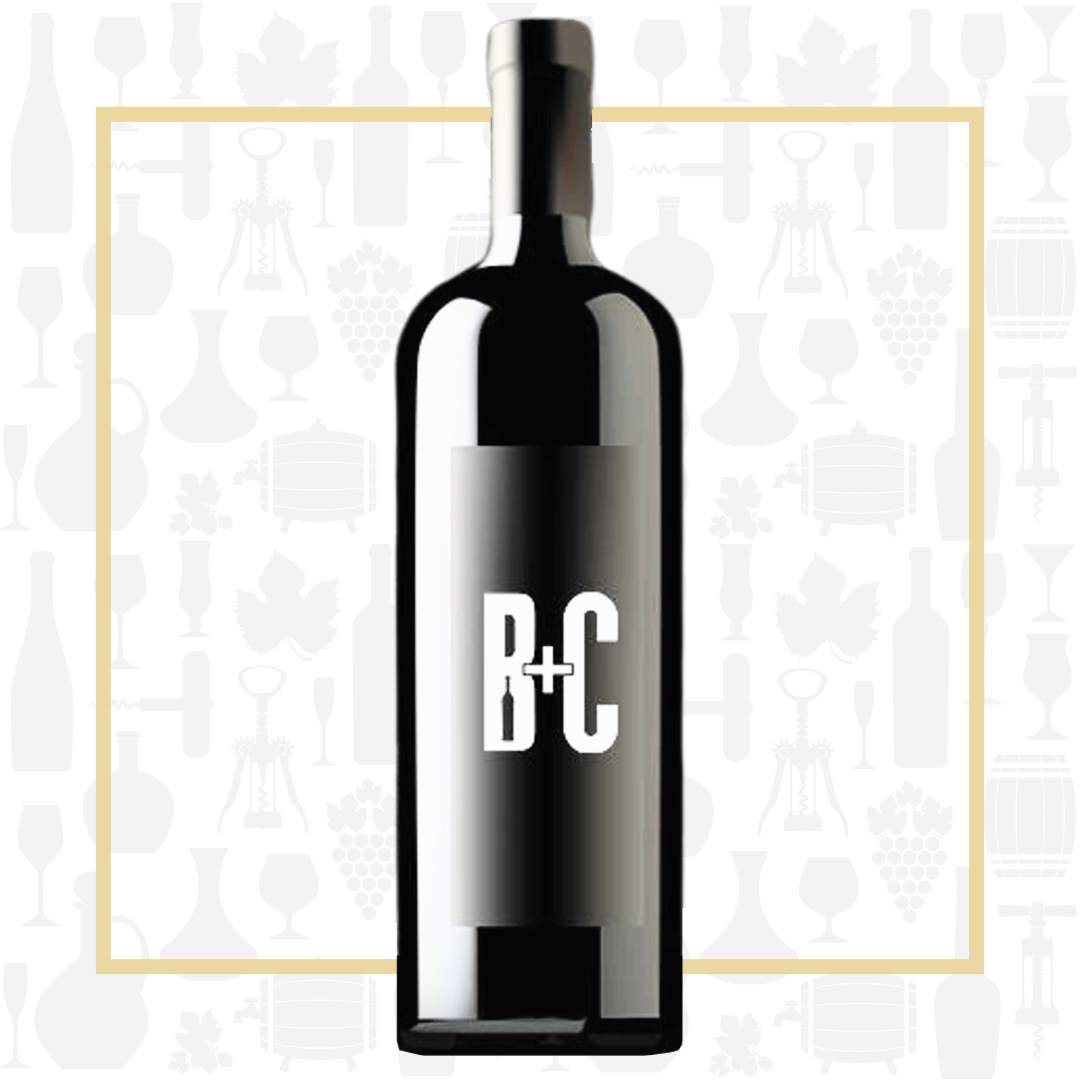Cellar Profile
In a tiny northern area of Emilia-Romagna, Italy, sandwiched between Piedmont and Tuscany, sits Piacenza. It was here that Felice Salamini decided to build a small vineyard to craft fine wines from autochthonous Malvasia, Barbera and Bonarda. It was here that Luretta was born! 30 years and untold successes later, Felice’s son Lucio has taken over at the helm and the property under vine has expanded to almost 50 hectares. The philosophy of the winery is simple: stress the vines, restrict yields, use organic and biodynamic principles and craft structured, elegant wines. To that end, there is no use of fertilizers or irrigation. The vines are purposely starved of nutrients and water, with severely restricted yields to thicken skins and long hang times to ensure full phenolic ripeness. Hand-harvested and meticulously sorted, Luretta uses only Allier French oak for aging and fermentation when wood is called for.
Region
The Colli Piacentini which give the DOC its title are the hills to the south of Piacenza, Emilia-Romagna’s most westerly city. These are the foothills of the northern Apennines, which run northwest to southeast through Emilia-Romagna, providing a patchwork of terroirs among their peaks and valleys. Many of the vineyards of the Colli Piacentini are planted on the rolling hills leading up to the northern slopes of the Apennine Mountains. The vineyard soils are composed of a mix of clay, marl, sand and sandstone from the Pliocene epoch.
Vineyard
Gazolla is a commune in the Province of Piacenza, in the Italian region of Emilia-Romagna, approximately 150 kilometres northwest of Bologna and 15 kilometres southwest of Piacenza. The vineyard was planted in 1998 and is organically cultivated on single-spurred cordon. Sitting atop a mass of alluvial silt, gravel and clay, the grapes are dry farmed and forcibly stressed to producing ripe, mature berries. Cool evenings ensure there is a balancing acidity to the sugar-rich grapes from these incredibly low-yielding vines.
Winemaking
Hand-harvested grapes are gently crushed, then given a brief maceration on skins before being pressed into stainless steel for a low temperature, slow ferment using wild yeasts. After fermentation is complete, the wine rests for a short period on its lees before being bottled unfined and unfiltered.
Varieties
There are a multitude of different clones of Malvasia found all over Italy. Although from different origins, they all share some characteristics including a spicy fragrance of musk and apricot and rather high residual sugar. These traits make Malvasia particularly suitable for the production of sparkling and sweet wines. The Malvasia Bianca grape, which is usually used in blended wines, is found mainly in southern Italy but also in Friuli Venezia Giulia.
Tasting Notes
Intensely aromatic on the nose, with notes of lychee, papaya, dragon fruit and orange blossom water. The palate is rich and luxurious, but there is a bracing backbone of acidity that stops the wine from becoming flabby and uninteresting. The fruit-forward nature of the nose is replayed on the palate, but the fruit is fresher, more restrained. Chill well and serve with spicy Thai green curries, prosciutto with melon, herb-crusted sole or on its own as a contemplation sipper.

